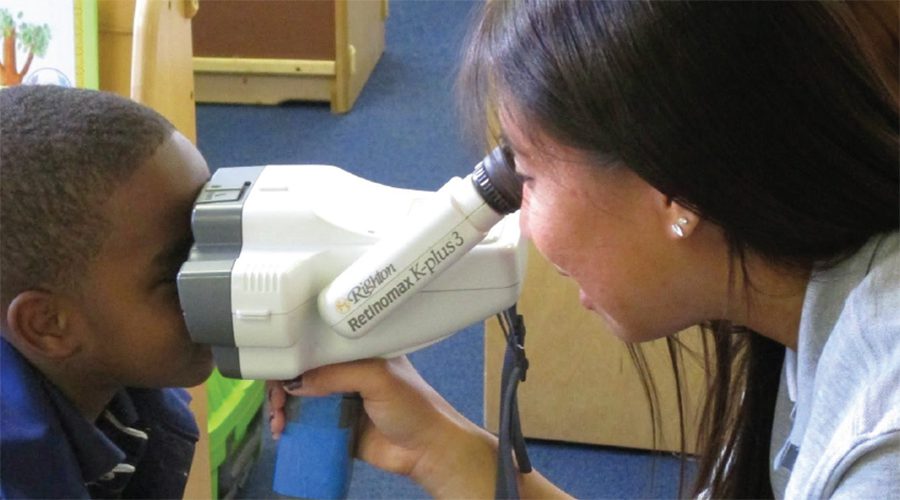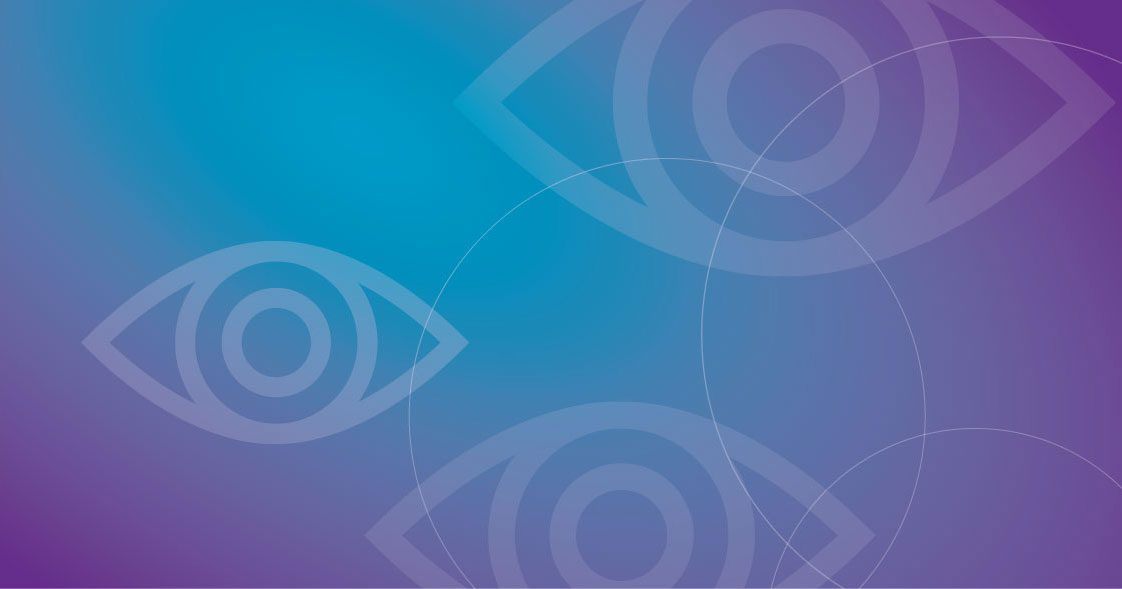In casual conversation, it’s common for people to use “eye exam” and “vision screening” as interchangeable terms, but they are not. Each has a different role to play in eye and vision care of children and adults, and in public health policy and initiatives. This page will help you understand the different role of vision screenings and professional eye examinations.

- Our Vision Programs
- Your Sight
- What’s Your Risk of a Vision Problem?
- Signs of Eye Problems in Adults
- Getting Professional Eye Care
- Health Insurance and Your Eyes
- Medicare Benefits & Your Eyes
- Vision Care Financial Assistance Information
- Diabetes and Your Eyes
- Resources for Those with Vision Loss
- Healthy Living, Healthy Vision
- Women’s Eye and Vision Health
- 20/20 at 40
- Growing Older With Good Vision
- Wearing Contact Lenses
- Preventing Eye Injuries
- Protect Your Eyes from the Sun
- First Aid for Eye Emergencies
- How to Jump Start a Car Safely
- Digital Devices and Your Eyes
- Nutrition Supplements and Vision
- Solar Eclipse and Your Eyes
- Taking Eye Drop Medications
- Common Eye Myths
- Fact Sheets to download and print
- Expert Guest Columns
- Subscribe to e-news
- Your Child’s Sight
- Your Baby’s Developing Sight
- Getting Your Child Vision-Ready for School
- Your Child’s Glasses
- Wearing Contact Lenses
- Signs of Possible Eye Problems in Children
- Common Children’s Vision Problems
- Protect Your Child from Eye Injuries
- Home and Toy Eye Safety for Children
- Safe Toy Checklist
- Eye Safety for Your Child Athlete
- Protecting Your Child’s Eyes from the Sun
- First Aid for Eye Emergencies
- Fireworks Safety
- Taking Your Child to the Eye Doctor
- The ACA and Your Child’s Eye Care
- Vision Care Financial Assistance
- Understanding Vision Screenings and Eye Exams
- Fact Sheets to download and print
- Eye Diseases & Conditions
- Acanthamoeba Keratitis & Contact Lenses
- Amblyopia
- AMD (Age-Related Macular Degeneration)
- Astigmatism
- Cataract
- Central Retinal Vein Occlusion
- Color Blindness
- Conjunctivitis (Pink Eye)
- Diabetes-Related Macular Edema
- Diabetes-related Retinopathy
- Dry Age-related Macular Degeneration (AMD)
- Floaters
- Glaucoma
- Types of Glaucoma
- How Does Glaucoma Damage My Eyes
- Who is at Risk for Glaucoma
- How Do Eye Doctors Check for Glaucoma
- How Do Eye Doctors Treat Glaucoma
- Treating Glaucoma with Medicines
- Treating Glaucoma with Laser Surgery
- Treating Glaucoma with Glaucoma Surgery
- Living with Glaucoma
- Taking Eye Drop Medications
- HIV/AIDS and the Eye
- Hyperopia (Farsightedness)
- Inherited Retinal Diseases
- Myopia (Nearsightedness)
- Presbyopia
- Refractive Error
- Retinal Tears & Detachments
- Strabismus
- Symptomatic Vitreomacular Adhesion
- Thyroid Eye Disease
- Uveitis
- Zika Virus and Your Eyes

